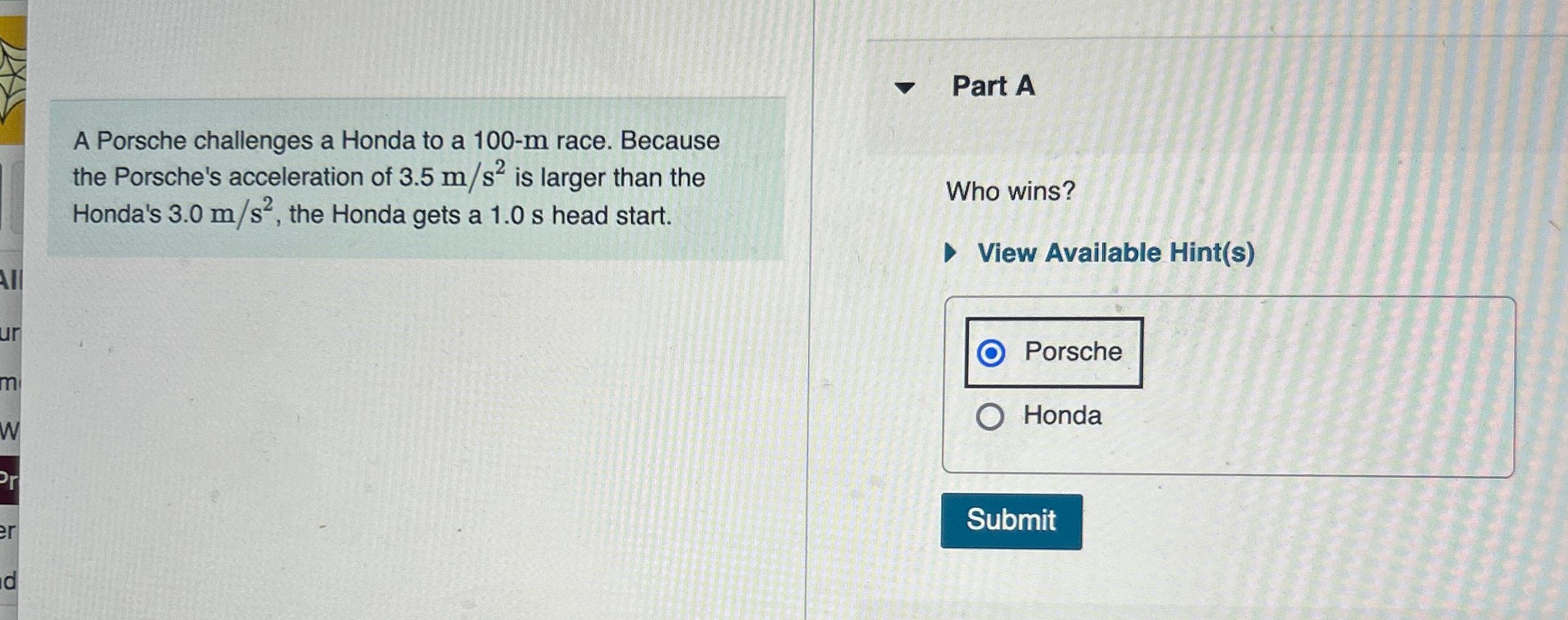More Than BMW And Porsche: Understanding The Broader Automotive Challenges In China

Table of Contents
Navigating China's Complex Regulatory Landscape
The Chinese automotive market is characterized by a dynamic and often challenging regulatory environment. Successfully navigating this landscape is crucial for any automaker aiming for success.
Stringent Emission Standards and Electrification Push
China is aggressively pushing for electrification and has implemented increasingly stringent emission standards. This necessitates significant investment in electric vehicle (EV) technology and infrastructure. The government offers substantial incentives for EV adoption, including subsidies and tax breaks, while simultaneously imposing penalties on manufacturers failing to meet emission targets.
- Specific Regulations: China's "CAFE" (Corporate Average Fuel Consumption) standards are constantly being tightened, pushing manufacturers towards higher fuel efficiency and EV production.
- Compliance Timelines: Manufacturers face strict deadlines to meet these evolving standards, often requiring substantial upfront investment in new technologies and production processes.
- Impact on Manufacturers: Companies failing to comply face hefty fines and potential market restrictions, making adaptation to these regulations a critical aspect of operating in the Chinese automotive market.
Supply Chain Disruptions and Local Content Requirements
Managing complex supply chains within China presents unique logistical and political challenges. Furthermore, the government mandates a significant percentage of locally sourced components, impacting foreign automakers' sourcing strategies.
- Supply Chain Disruptions: Geopolitical factors, infrastructure limitations, and unforeseen events can significantly disrupt supply chains, leading to production delays and increased costs.
- Local Content Requirements: Foreign automakers must source a substantial portion of their components from Chinese suppliers, necessitating strategic partnerships and investment in local manufacturing. This percentage varies depending on the vehicle type and components.
- Strategies for Compliance: Successful navigation requires robust risk management, diversification of suppliers, and fostering strong relationships with local partners.
Data Privacy and Cybersecurity Concerns
The increasing connectivity of vehicles brings significant data privacy and cybersecurity concerns to the forefront. China's robust data privacy and cybersecurity regulations impact how automakers collect, store, and utilize vehicle data.
- Key Regulations: Regulations like the Cybersecurity Law and the Personal Information Protection Law place strict requirements on data handling, requiring stringent security measures and transparent data usage policies.
- Cybersecurity Threats: Connected cars are vulnerable to cyberattacks, requiring manufacturers to implement robust security protocols to protect sensitive data and prevent vehicle malfunctions.
- Strategies for Compliance: Automakers must invest in advanced cybersecurity systems and adhere to strict data governance frameworks to ensure compliance and maintain consumer trust.
Competition from Domestic Automakers
The rise of domestic Chinese automakers presents a significant competitive challenge to international players. These companies are increasingly leveraging technological advancements and tailoring their products to local preferences.
The Rise of Chinese EV Brands
Chinese EV brands like BYD, NIO, and Xpeng have rapidly gained market share, often offering lower prices and features specifically designed for the Chinese market. Their success is partly attributed to government support and their deep understanding of local consumer needs.
- Successful Chinese EV Brands: BYD, in particular, has become a global player, showcasing the rapid growth of domestic brands.
- Market Share: Chinese EV brands are rapidly increasing their market share, putting pressure on international competitors.
- Strategies for Growth: Their success stems from aggressive innovation, competitive pricing, and strong domestic branding.
Technological Innovation and R&D Investment
Chinese automakers are making significant investments in research and development (R&D), rapidly advancing in areas such as autonomous driving and battery technology. This technological prowess is further fueling their competitive edge.
- Technological Advancements: Chinese companies are making strides in areas like battery technology, autonomous driving systems, and connected car features.
- Implications for the Market: This rapid innovation is forcing international players to accelerate their own R&D efforts and adapt to the changing competitive landscape.
Understanding the Chinese Consumer
The Chinese automotive market is exceptionally diverse, with regional variations in consumer preferences and purchasing power. Successfully reaching these consumers requires a nuanced understanding of their evolving needs and desires.
Evolving Consumer Preferences and Demands
Chinese consumers increasingly prioritize technological advancements, connectivity features, and value for money. Social media and online reviews heavily influence purchasing decisions, creating a dynamic and transparent marketplace.
- Evolving Consumer Preferences: Features like advanced driver-assistance systems (ADAS), large infotainment screens, and connectivity features are highly valued.
- Influence of Social Media: Online reviews and social media discussions significantly impact brand perception and purchasing decisions.
- Influence on Automotive Design and Marketing: Manufacturers must adapt their design and marketing strategies to reflect these evolving consumer priorities.
Regional Differences and Market Segmentation
China's vast and diverse market requires tailored approaches for different regions. Understanding regional variations in consumer preferences and purchasing power is crucial for effective market segmentation.
- Regional Differences: Consumer preferences and purchasing power can vary significantly across different provinces and cities within China.
- Effective Market Segmentation: Manufacturers need to tailor their product offerings and marketing campaigns to specific regional needs and preferences.
Conclusion: Overcoming the Automotive Challenges in China
The automotive challenges in China are multifaceted, encompassing stringent regulations, fierce domestic competition, and the evolving needs of a dynamic consumer base. Understanding these broader complexities, beyond the surface success of established international brands, is essential for long-term success. By conducting further research on specific automotive challenges in China relevant to your interests or business, focusing on keywords like "China automotive market analysis," "navigating the Chinese automotive industry," or "understanding the challenges in the Chinese auto market," you can better position yourself for success in this dynamic and rapidly evolving market. By fully understanding the complexities of the automotive challenges in China, businesses can better position themselves for success in this dynamic and rapidly evolving market.

Featured Posts
-
 Finding Warren Buffetts Heir The Case For A Canadian Billionaire
May 10, 2025
Finding Warren Buffetts Heir The Case For A Canadian Billionaire
May 10, 2025 -
 Figmas New Ai Features Challenging Adobe Word Press And Canva
May 10, 2025
Figmas New Ai Features Challenging Adobe Word Press And Canva
May 10, 2025 -
 Analysis Of Broadcoms Extreme Price Increase On V Mware Costs
May 10, 2025
Analysis Of Broadcoms Extreme Price Increase On V Mware Costs
May 10, 2025 -
 Draisaitls Lower Body Injury Edmonton Oilers Playoff Hopes Hinge On His Return
May 10, 2025
Draisaitls Lower Body Injury Edmonton Oilers Playoff Hopes Hinge On His Return
May 10, 2025 -
 The Relationship Between Chinese Steel Production And Iron Ore Prices
May 10, 2025
The Relationship Between Chinese Steel Production And Iron Ore Prices
May 10, 2025
